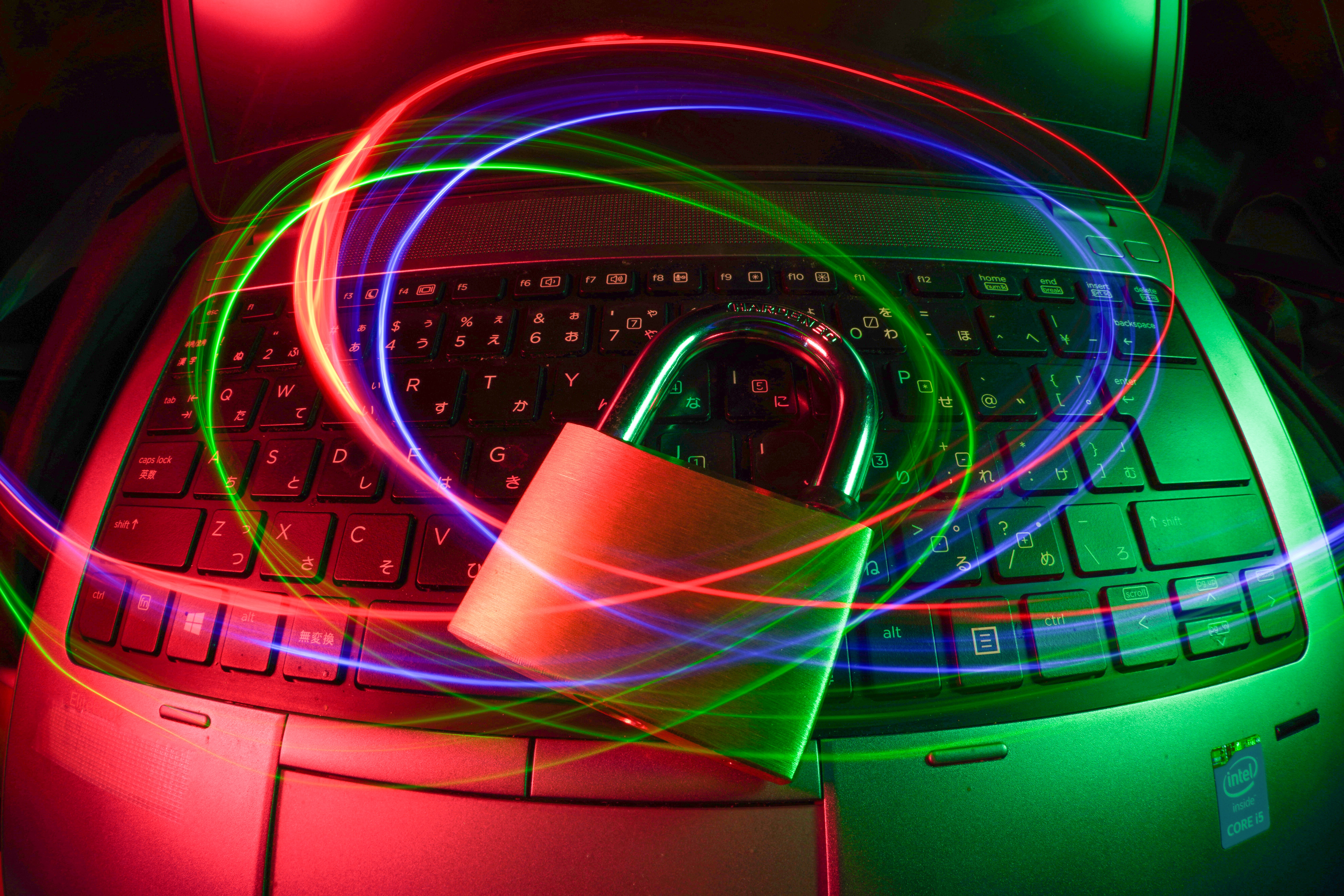What is Endpoint Security?

An endpoint is any device that connects to the network such as laptops, desktops, tablets, IoT devices, smartphones, servers, workstations, printers, etc. These serve as the entry points for many security threats. Endpoint Security refers to a centralized security management solution to secure endpoints from cyber-attacks.
No, Endpoint Security is not just Antivirus.
Though commonly misunderstood, Antivirus is just the tip of the iceberg. The difference between Antivirus and Endpoint Security is t very much needed to be understood to respond to an enterprise’s cybersecurity needs. Developments such as BYOD (bring your own device), remote work and work ‘’on-the-go’’ make Endpoint Security the “need of the hour”..
Endpoint Security is inclusive of features such as data loss prevention, sandboxing, next-generation firewalls, EDR (endpoint detection and response), and many more functions which extend beyond traditional antivirus capabilities. They are efficient in detecting signature-less, fileless, zero-day and advanced persistent threats.
Deciding between an Antivirus solution and Endpoint Security depends on the size of the network, the presence of BYOD and remote work, the need for a centralized solution and data sensitivity.
The implementation of Endpoint Security begins with identifying the scope of protection (all access points to the network) along with a classification based on data sensitivity. Follow by choosing the right security solution, testing in monitoring mode, and launching the production.
Some of the important Endpoint Security features
- Application and device control.
- Data security and data loss prevention.
- Web protection.
- Network controls.
- Threat hunting.
- Mobile device management.
- Encryption.
- Intrusion detection and prevention.
- Endpoint detection and response (EDR).
Endpoint Security best practices
- Deployment of a SIEM (Secure Information and Event Management ) solution.
- Implementation of application and device control.
- IAM (Identity and Access Management) strengthening.
- Protection enhancement using features such as EPP (Endpoint Protection Platform), EDR, and disk encryption.
- Policy and patch management.
If you need any assistance with cybersecurity or have any questions regarding cybersecurity within your company, don’t hesitate to contact us.

